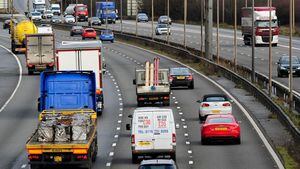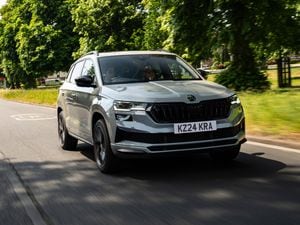Motorists lack awareness of emergency refuge areas on smart motorway
Research finds that 52 per cent of those surveyed did not know what an emergency refuge area on a smart motorway was

A study of more than 2,000 motorists has found that more than half of those surveyed did not know what an emergency refuge area on a smart motorway was, despite their use becoming increasingly common in the UK.
Smart motorways, where the hard shoulder is used as a running lane for traffic – either permanently or at busy times of the day – are becoming increasingly common throughout England.
In fact, some £3 billion is being invested in upgrading existing motorways to become smart motorways by 2020. So far, smart motorways have added more than 472 extra lane miles of capacity to the strategic road network through their implementation – but the study suggests motorists remain confused about how to use them properly.
The research, which was carried out by the RAC, revealed that 52 per cent of respondents did not know what an emergency refuge area on a smart motorway was for, while two-thirds didn’t know what to do after stopping (64 per cent), nor how to re-join the motorway (65 per cent).
According to the RAC, only one respondent knew that they should contact Highways England to facilitate their getting back on to the motorway if the hard shoulder was operating as a running lane for traffic.
RAC chief engineer David Bizley said: “Even though the first smart motorway was created more than 10 years ago and more schemes have come into operation in the last few years there will still be many people who have not driven on one purely as a result of where they live and drive.
“Existing signage for emergency refuge areas is clear but will be further improved to make it even better for everyone.
“It is essential that motorists understand how and when to use an emergency refuge area so they do not put their own safety and that of other road users at risk.”
CCTV is used 24 hours a day on smart motorways in England, which enables staff in Highways England’s regional control centres to respond quickly to incidents, such as a broken down vehicle or accidents.
Official government guidelines state that in order to use smart motorways safely, drivers should ‘never drive in a lane closed by a red “X”’, ‘ keep to the speed limit shown on the gantries’ and ‘use the refuge areas for emergencies if there’s no hard shoulder’.
According to one Highways England report, the £136 million smart motorway scheme between Brighouse and Rothwell on the M62, which was finished in 2013, has subsequently saved motorists almost five minutes each day or around 30 minutes a week.
By Leon Poultney





